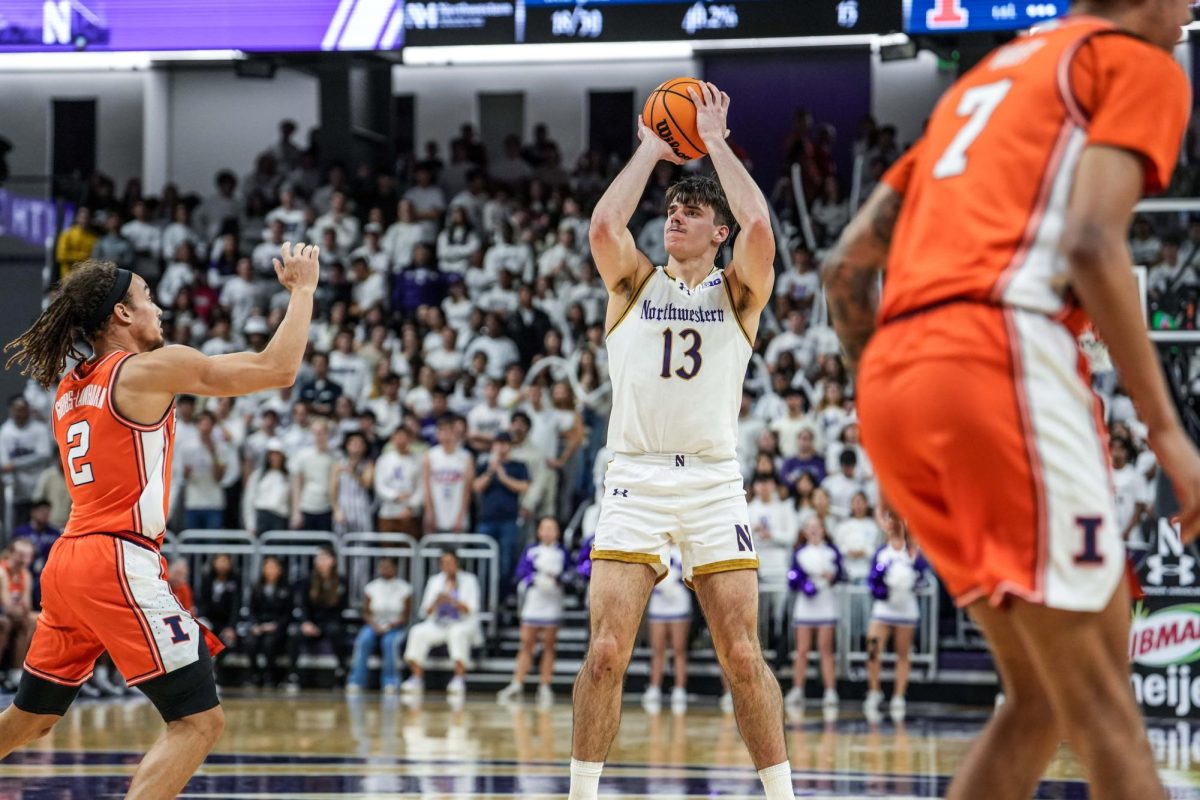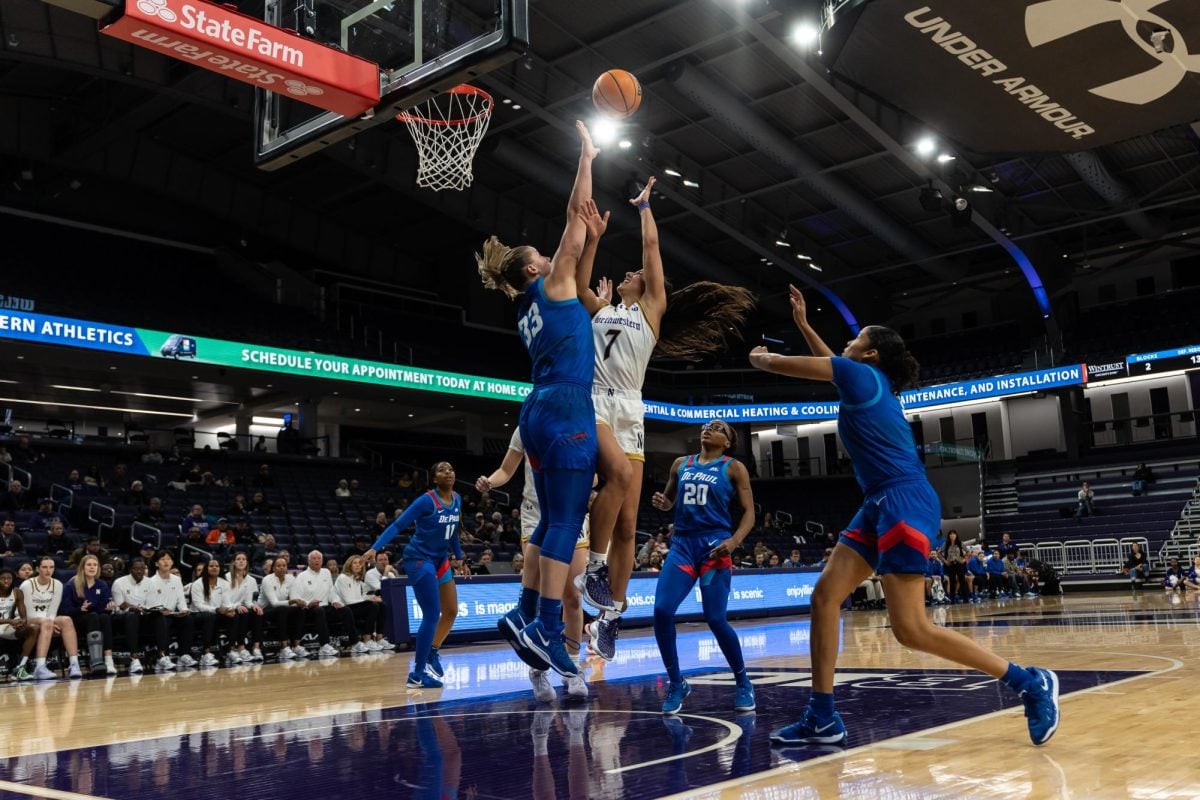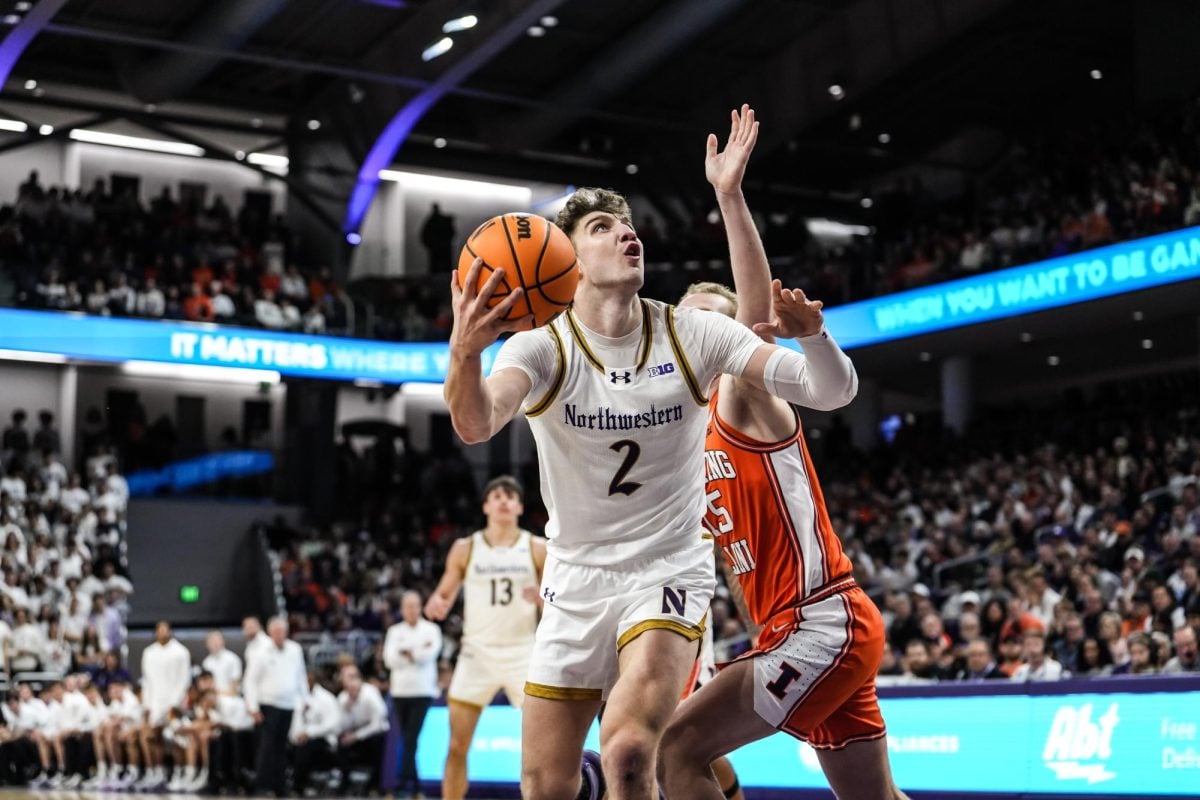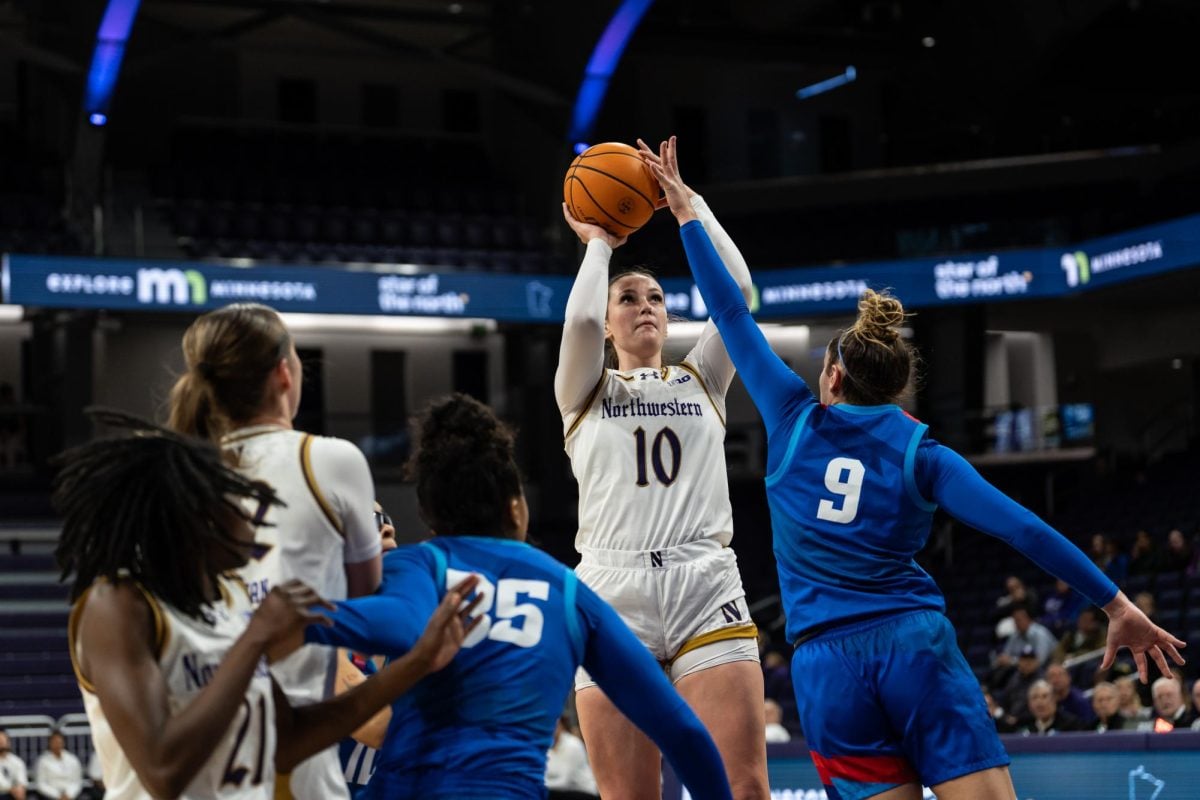With five regular season games remaining, No. 2 Northwestern holds an unblemished 13-0 record. In Chapel Hill, the only other undefeated team in Division I Field Hockey, No. 1 North Carolina, stands at 10-0.
Once again, a championship rematch appears inevitable, as the two teams have met in the title game the past two seasons. Neither program has been ranked outside the top five since 2021.
The expectations are clear this season. The ’Cats and Tar Heels have held the top spots in the NFHCA poll all season, and no other team has received a first-place vote since the preseason poll.
While both teams are clearly in a class of their own, it’s hard to tell who comes out on top. For the second week in a row, North Carolina has held the No. 1 spot, initially overtaking NU in Week 3, while NU has garnered more first-place votes both weeks.
So, the question remains: which team should be the favorite heading into the postseason?
The Case for North Carolina
Peering at the season stats, North Carolina is a dominant team. The Tar Heels shoot and score more than the ’Cats, all while holding their opponents to lower marks on the defensive side as well. Not only does UNC win, coach Erin Matson’s squad wins big.
Its margin of victory is larger than the scoring output of all but four other teams. The Tar Heels’ leading scorer, sophomore forward Charly Bruder, has scored more than three times the amount of goals the team has allowed all season — 13 to 4.
Beyond the scoreboard, UNC still commands the stat sheet. Compared to the ’Cats, the Tar Heels convert on their shots more often, rack up more assists while holding their opponents to fewer and allow nearly two less penalty corners per game.
Much of NU’s success comes from its ability to generate corners and patrol the goal at elite levels, ranked 4th and 1st in penalty corners per game and save percentage, respectively. Yet even in these respects, UNC is near-equally dominant, ranking 5th and 2nd in the categories.
The Case for Northwestern
While looking at the box scores favors the Tar Heels’ case, the two teams’ schedules highlight why the comparison isn’t truly fair. The ’Cats have faced a gauntlet of a schedule and come away with eight ranked wins so far, including five top-10 victories. North Carolina has six ranked wins and only one against a top-10 team: a 2-1 victory against No. 6 Iowa on Sept. 1. This may soon change though, with upcoming bouts against No. 4 Virgina, No. 9 Boston College and No. 11 Duke.
At this point, the two teams have faced three shared opponents: Iowa, Louisville and Princeton. Where point differential has been a main proponent in the Tar Heels’ case for No. 1, the ‘Cats lead in these games, with total differences of +4 and +8, respectively.
The NU schedule might be the main reason for the differences in offensive and defensive output all season. To examine this, The Daily compiled the season stats of each team the ’Cats and Tar Heels have faced.
For each of the team’s opponents, The Daily subtracted the totals from its game against either NU or UNC. These opponent sums were then averaged for both NU and UNC to measure the two teams’ average opponent strength.
Goal percentage represents how often a team converts on-target shots into goals and stop percentage is the inverse from the goalkeeper’s perspective.
On average, NU’s opponents outperform North Carolina’s in all the above categories. It may not be as simple as looking at the box scores, but the case for the ’Cats is clear. The team has performed at nearly the same level — sometimes better and sometimes worse — as the Tar Heels on all levels, all while facing stronger competition.
What This Means
It may not be possible to broach the two approaches, as they differ fundamentally in what it means to be the best — to win the biggest or to beat the best opponents.
However, examining how effective teams are at disrupting their opponents is a good middle ground. In other words, how much worse do teams perform against them? We can do this by comparing the difference of the ’Cats and Tar Heels’ season averages and the combined averages of their opponents.
With these metrics, there is some added clarity about the relative strengths of each team. The ’Cats shine with their efficiency, controlling games by limiting their opponents’ effectiveness at the goals.
The Tar Heels win by volume, maximizing the number of opportunities to put points on the board by peppering shot attempts while minimizing their opponents’ on defense. All together, NU impacts opponents more with its defense, while North Carolina does more of its damage on offense.
The data cannot offer a definitive answer. While it is impossible to know which team will finish on top, both teams have a strong case to be ranked No. 1.
Email: [email protected]
Related Stories:
— Field Hockey: No. 2 Northwestern takes down No. 9 Harvard, improves to 13-0
— Field Hockey: No. 2 Northwestern tops Rutgers, No. 17 Penn State in weekend wins
— Northwestern extends winning streak to 10 by defeating Maryland, Princeton






